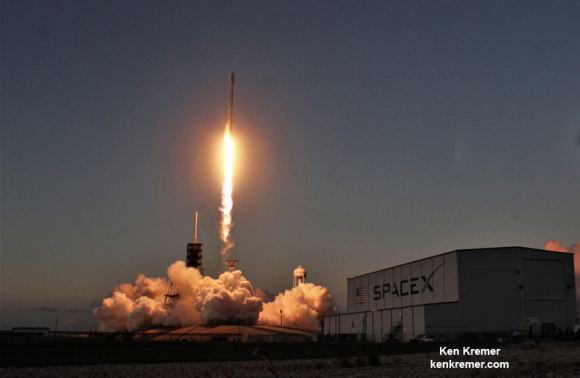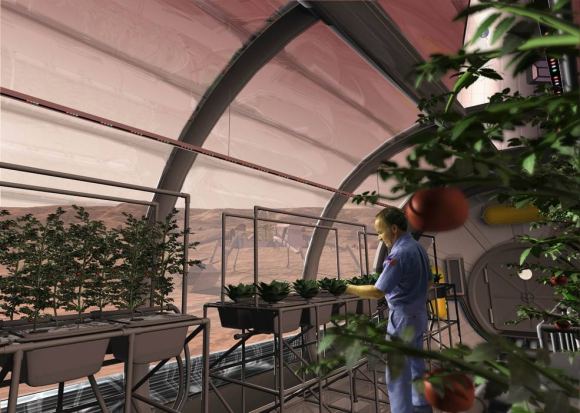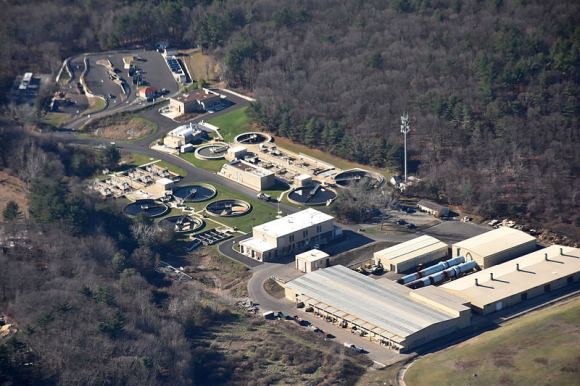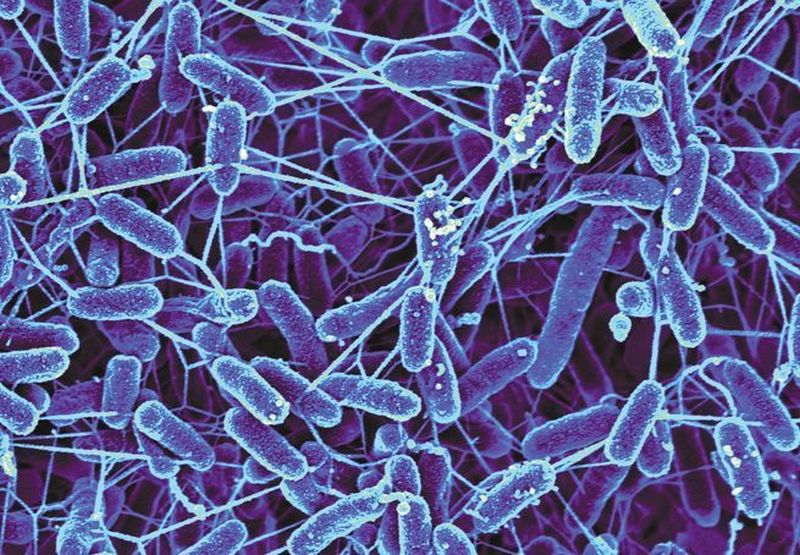Geoscience researchers at Penn State University are finally figuring out what organic farmers have always known: digestive waste can help produce food. But whereas farmers here on Earth can let microbes in the soil turn waste into fertilizer, which can then be used to grow food crops, the Penn State researchers have to take a different route. They are trying to figure out how to let microbes turn waste directly into food.
There are many difficulties with long-duration space missions, or with lengthy missions to other worlds like Mars. One of the most challenging difficulties is how to take enough food. Food for a crew of astronauts on a 6-month voyage to Mars, and enough for a return trip, weighs a lot. And all that weight has to be lifted into space by expensive rockets.

Carrying enough food for a long voyage in space is problematic. Up until now, the solution for providing that food has been focused on growing it in hydroponic chambers and greenhouses. But that also takes lots of space, water, and energy. And time. It’s not really a solution.
“It’s faster than growing tomatoes or potatoes.” – Christopher House, Penn State Professor of Geosciences
What the researchers at Penn State, led by Professor of Geosciences Christopher House, are trying to develop, is a method of turning waste directly into an edible, nutritious substance. Their aim is to cut out the middle man, as it were. And in this case, the middle men are plants themselves, like tomatoes, potatoes, or other fruits and vegetables.

“We envisioned and tested the concept of simultaneously treating astronauts’ waste with microbes while producing a biomass that is edible either directly or indirectly depending on safety concerns,” said Christopher House, professor of geosciences, Penn State. “It’s a little strange, but the concept would be a little bit like Marmite or Vegemite where you’re eating a smear of ‘microbial goo.'”
The Penn State team propose to use specific microorganisms to turn waste directly into edible biomass. And they’re making progress.
At the heart of their work are things called microbial reactors. Microbial reactors are basically vessels designed to maximize surface area for microbes to populate. These types of reactors are used to treat sewage here on Earth, but not to produce an edible biomass.
“It’s a little strange, but the concept would be a little bit like Marmite or Vegemite where you’re eating a smear of ‘microbial goo.'” – Christopher House, Penn State Professor of Geosciences
To test their ideas, the researchers constructed a cylindrical vessel four feet long by four inches in diameter. Inside it, they allowed select microorganisms to come into contact with human waste in controlled conditions. The process was anaerobic, and similar to what happens inside the human digestive tract. What they found was promising.
“Anaerobic digestion is something we use frequently on Earth for treating waste,” said House. “It’s an efficient way of getting mass treated and recycled. What was novel about our work was taking the nutrients out of that stream and intentionally putting them into a microbial reactor to grow food.”
One thing the team discovered is that the process readily produces methane. Methane is highly flammable, so very dangerous on a space mission, but it has other desirable properties when used in food production. It turns out that methane can be used to grow another microbe, called Methylococcus capsulatus. Methylococcus capsulatus is used as an animal food. Their conclusion is that the process could produce a nutritious food for astronauts that is 52 percent protein and 36 percent fats.
“We used materials from the commercial aquarium industry but adapted them for methane production.” – Christopher House, Penn State Professor of Geosciences
The process isn’t simple. The anaerobic process involved can produce pathogens very dangerous to people. To prevent that, the team studied ways to grow microbes in either an alkaline environment or a high-heat environment. After raising the system pH to 11, they found a strain of the bacteria Halomonas desiderata that thrived. Halomonas desiderata is 15 percent protein and 7 percent fats. They also cranked the system up to a pathogen-killing 158 degrees Fahrenheit, and found that the edible Thermus aquaticus grew, which is 61 percent protein and 16 percent fats.

Their system is based on modern aquarium systems, where microbes live on the surface of a filter film. The microbes take solid waste from the stream and convert it to fatty acids. Then, those fatty acids are converted to methane by other microbes on the same surface.
Speed is a factor in this system. Existing waste management treatment typically takes several days. The team’s system removed 49 to 59 percent of solids in 13 hours.
This system won’t be in space any time soon. The tests were conducted on individual components, as proof of feasibility. A complete system that functioned together still has to be built. “Each component is quite robust and fast and breaks down waste quickly,” said House. “That’s why this might have potential for future space flight. It’s faster than growing tomatoes or potatoes.”
The team’s paper was published here, in the journal Life Sciences In Space Research.

